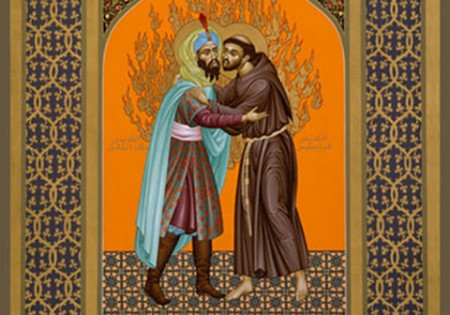
The Roman Catholic Church is one of the oldest religious institutions in existence, with more than a billion members, in almost every country of the world. With the election of Pope Francis, it is timely to ask: how does the Roman Catholic Church enter into dialogue with the world? How the Catholic Church uses dialogue to deal with differences is not only significant for its members, but also for inter-religious and world peace. The Abbot of Glenstal Abbey, Mark Patrick Hederman, has some intriguing answers to this question. Two points from his recent book “Dancing with Dinosaurs” are summarized below:
Why do we need religious institutions?
We have to understand the nature of large institutions – be these multinational companies, the United Nations or the Roman Catholic Church – if we are to avoid harming others and ourselves. Seeking to change them rapidly, to revolutionize them, is a recipe for failure. Their very size and cumbersome plodding through the course of history is their guarantee of sustainability. In Hederman’s words: “Unless any organization becomes a dinosaur it will not survive the vicissitudes of history.” But why do religions need such institutional structures?
